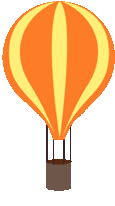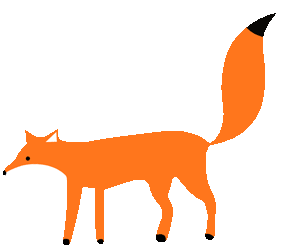

Crooked Wings still learn to fly
Vertebral Body Tethering (VBT)
Please click the above title for more information.
VBT – Vertebral Body Tethering (tethering), is the newest treatment option available and is challenging the status quo of permanently fusing young spines. Similar to VBS, tethering is a minimally invasive surgical procedure that substantially corrects scoliosis at the time of surgery. Bone screws are anchored to the front of each vertebral bone which makes up the curve and a flexible cord (the tether) is attached to each screw and tensioned to achieve the desired degree of spine straightening. Unlike traditional fusion, VBT allows for continued growth and mobility of the entire spine as well as additional straightening of the spine as the adolescent finishes growing. VBT is best suited for curves 35° to 70°, which are still somewhat flexible. It’s especially good for active preteen and teens, whose continued spine flexibility is desired, but who would otherwise need a traditional spine fusion to keep the curve from getting bigger, stiffer, and more deforming.


Spinal Fusion
Please click the above title for more information.
Spinal fusion is the most common surgery to correct severe scoliosis. Every year in the United States, roughly 20,000 Harrington rod implantation surgeries are performed on patients with scoliosis, at an average cost of $120,000 per operation, spinal fusion is a permanent condition that cannot be enhanced or reversed.
One-third of all spinal surgeries are performed on scoliosis patients, click here for some successful stories.
Here is a great animated video of the procedure:
Vertebral Body Stapling (VBS)
Please click the above title for more information.
VBS – Vertebral Body Stapling (stapling) was conceived decades ago as a type of “internal brace” that controls the uneven growth and progressive curvature of the young scoliosis spine. This procedure wasn’t used often, until 2002 when new staples made of a “memory shape alloy” solved the initial concern about a staple becoming dislodged. This began a new paradigm in pediatric scoliosis treatment. It became a movement away from just stabilizing the curve with external bracing, to being able to modulate the growth process of the child’s spine in order to correct the curve. Stapling is a minimally invasive surgical procedure which works best for thoracic curves under 35°, especially for those who, physically or psychologically, are unable to tolerate wearing a brace for as often and as long as necessary to help prevent a curve from progressing.

Tethered Cord Surgery
Sectioning of the filum terminale. Please click above link to understand more about the surgery in relation to scoliosis patients.
The "cord" in "tethered cord surgery" is the spinal cord. The spinal cord is the bundle of nerves that carries messages between the brain and the body.
Before a baby is born, the spinal cord is normally the same length as the bones that surround it. These bones are called the spinal column.
As the baby grows, the spinal column gets longer than the spinal cord. This means the spinal cord has to be able to move freely inside the spinal column. But in some babies, the bottom end (tail) of the spinal cord is "tethered" or tied down to the bottom end of the spinal column. This is called tethered cord.
Tethered cord means the spinal cord cannot move inside the spinal column. As the child grows taller, the spinal cord is stretched. If the nerves are stretched, they may not work properly, and this can cause problems for your child. Your child may need an operation to help the spinal cord move freely.

APIFix - Scoliosis System
The ApiFix System is indicated for Adolescent Ideopathic Scoliosis patients with deformity classified as Lenke type 1 and 5 and a Cobb angle from 40 to 60 degrees. Both major and secondary curves must be flexible, confirmed using Lateral Bending X-rays, in order to allow gradual correction over time.
Please click title to read more about APIFix.
Just FYI: in August 2017 the APIFix Scoliosis system has been made available in Australia & New Zealand (http://orthotechgroup.net.au/apifix)
"The ApiFix system is indicated for AIS patients with a deformity classified as Lenke Type 1 and or Type 5 and with a Cobb angle from 40 to 60 degrees. Both major and secondary curves must be flexible."

Surgical Procedures
There are multiple forms of surgery for Scoliosis, some more invasive than others, this link gives a view
of all the differing types :
There are heaps of questions regarding Fusion vs VBT at the moment (2017), here are a few links which discuss
the comparison:
https://www.scoliosisassociates.com/treatments/non-fusion-corrective-surgery/
http://pediatricspinefoundation.org/vbt-and-vbs/
Magec Rods
MAGEC growing rods are part of the MAGECTM (MAGnetic Expansion Control) System, a new surgical treatment for children with severe spinal deformities. The system, which includes implantable rods and an external remote control, are used to brace the spine while your child is still growing to minimize the progression of scoliosis.
Like traditional growing rods, MAGEC rods are surgically implanted initially. But MAGEC rods differ in the way they are expanded; surgery is not needed. Instead, MAGEC rods are lengthened magnetically every three to six months in a short, non-invasive procedure that takes place in a doctor’s office. Most children have two MAGEC rods — on the right and left side of the spine — and each is adjusted individually.



